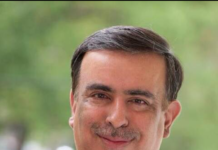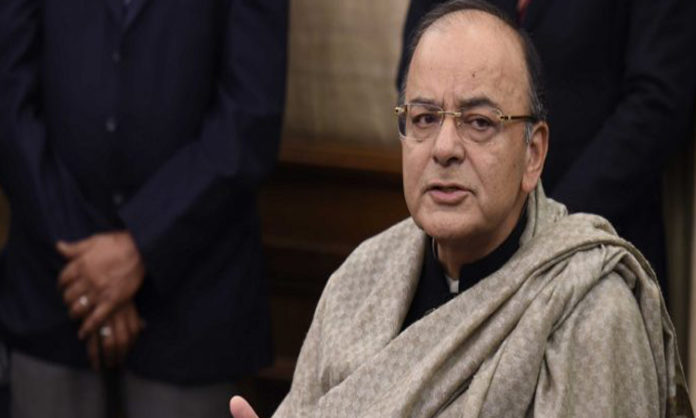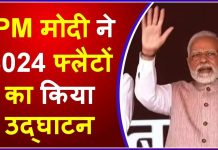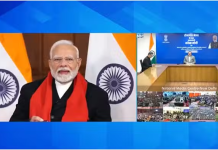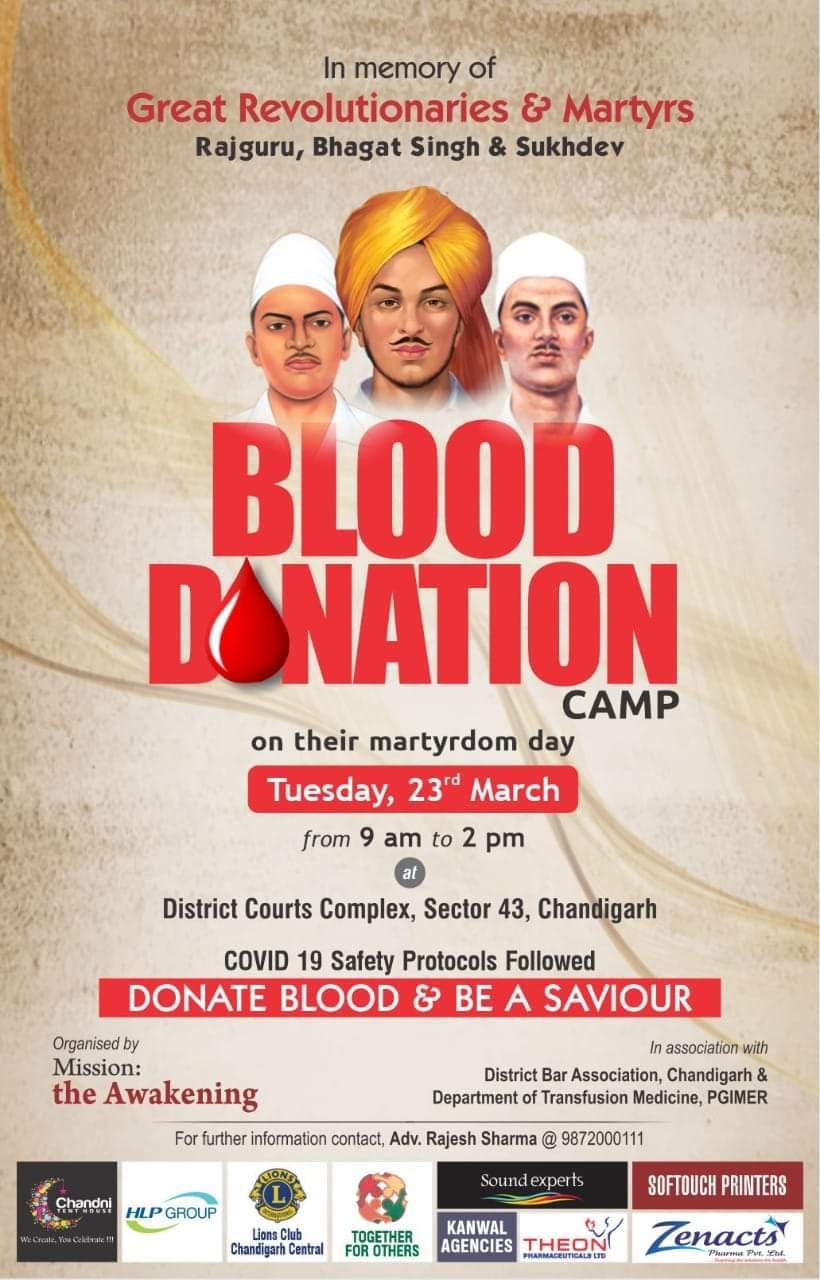New Delhi, July 1:Former finance minister and senior BJP leader Arun Jaitely penned a blog to mark two years of GST on Monday.
In the post, Jaitley said: “The monumental restructuring of one of the world’s clumsiest indirect tax system was not an easy task.”The challenges to implement the GST were compounded by “outlandish and exaggerated comments of the not so well-informed,” he added.
Jaitley said that many “warned us that it may not be politically safe to introduce the GST. In several countries, governments lost elections because of the GST.”
India had one of the most “smoothest transformation(s).Within the first few weeks of the implementation, the new system settled down. There were a few protests in Surat.
The issues were resolved. The BJP won all the Assembly seats in the Gujarat poll in Surat. In 2019, the BJP won the Surat seat by the highest margin in the country,” said Jaitley.
In the post, the former FM said: “Those who argued for a single slab GST must realise that a single slab is possible only in extremely affluent countries where there are no poor people.
It would be inequitable to apply a single rate in countries where there are a large number of people below the poverty line. The direct tax is a progressive tax.”
“The more you earn, the more you pay. An indirect tax is a regressive tax. In the pre-GST regime, the rich and the poor, on various commodities, paid the same tax.
“The multiple slab system not only checked inflation, it also ensured that the Aam Aadmi products are not exorbitantly taxed. Illustratively, a Hawai chappal and a Mercedes car cannot be taxed at the same rate. This is not to suggest that the rationalisation of slabs is not needed,” said Jaitley.
“That process is already on. Except on luxury and sin goods, the 28% slab has almost been phased out. Zero and 5% slabs will always remain. As revenue increases further, it will give an opportunity to policy makers to possibly merge the 12% and 18% slab into one rate, thus, effectively making the GST a two rate tax,” he wrote.





